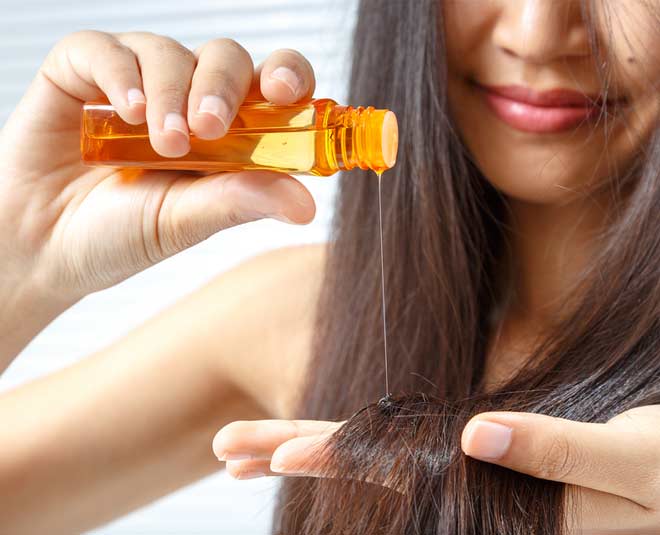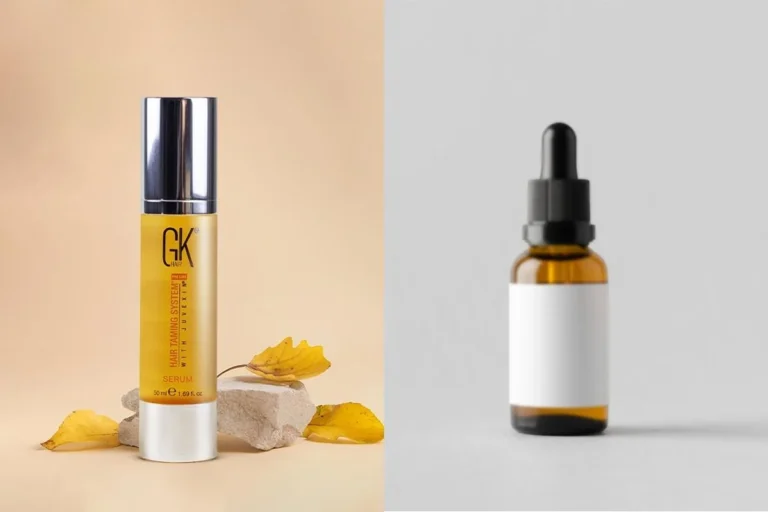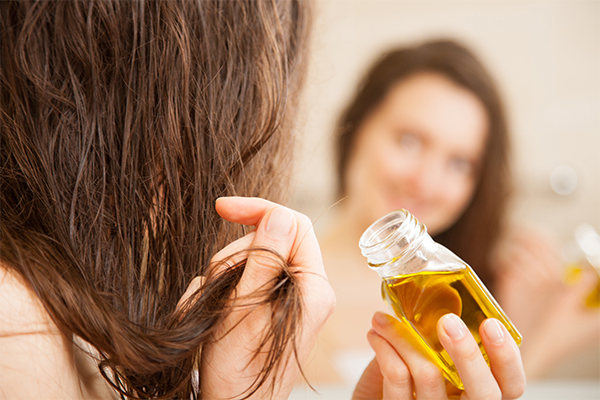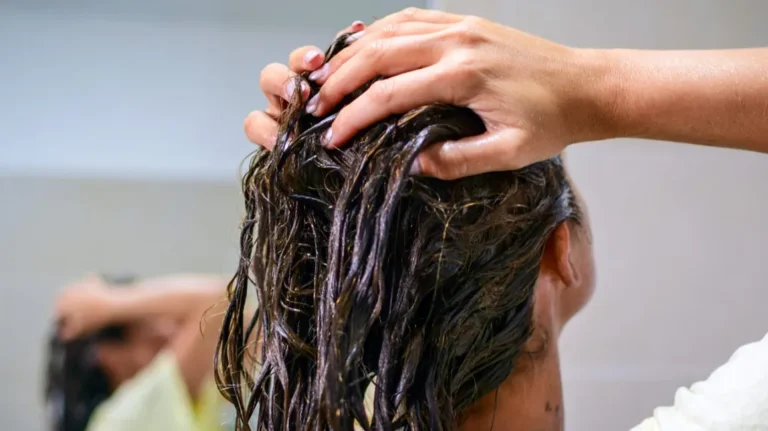Hair oil has become a must-have in many people’s hair care routines, and for good reason. Whether you’re looking to add shine, reduce frizz, or promote healthier hair growth, hair oils can deliver noticeable results. However, to truly experience the full benefits of hair oil, it’s important to know how to use it properly. Too much oil or improper application can lead to greasy hair or ineffective results.
In this blog post, we’ll explore the best practices for using hair oil to get maximum effectiveness. From application techniques to tips on choosing the right oil for your hair type, we’ll cover everything you need to know to achieve healthier, shinier, and more manageable hair.
Why Hair Oil is Essential for Healthy Hair
Before we dive into the best practices, let’s take a moment to highlight the key benefits of incorporating hair oil into your routine:
- Deep Nourishment: Hair oils are rich in essential fatty acids, antioxidants, and vitamins that penetrate deep into the hair shaft, nourishing and moisturizing each strand from root to tip.
- Frizz Control: Oil helps to smooth the hair cuticle, sealing in moisture and reducing frizz. This leaves your hair looking sleek, shiny, and polished.
- Protection from Damage: Oils like coconut oil, argan oil, and castor oil offer protection from environmental damage, UV rays, and heat styling tools. They also help prevent split ends and hair breakage.
- Promotes Healthy Growth: Many hair oils help stimulate blood circulation to the scalp, encouraging healthy hair follicles and promoting stronger, thicker hair growth.
- Scalp Health: Hair oils can balance the scalp’s natural oils, hydrate a dry scalp, and prevent dandruff, leading to a healthier environment for hair growth.
Now that we understand the importance of hair oils, let’s talk about how to use them for maximum effectiveness.
Best Practices for Using Hair Oil
1. Choose the Right Oil for Your Hair Type
One of the first steps in using hair oil is selecting the right one for your hair type and specific concerns. Different oils work best for different hair textures and issues, so it’s important to choose one that aligns with your needs.
- For Dry or Damaged Hair: Rich oils like argan oil, coconut oil, and olive oil work wonders. These oils help to restore moisture, repair damage, and add shine.
- For Fine or Oily Hair: Lighter oils like jojoba oil, grapeseed oil, or almond oil are ideal for preventing hair from looking greasy while still providing hydration and shine.
- For Curly or Coarse Hair: Thick oils such as castor oil, shea butter, and avocado oil provide the deep nourishment and moisture needed to tame frizz and enhance curl definition.
- For Scalp Health: If you’re using hair oil to promote scalp health or hair growth, oils like tea tree oil, rosemary oil, or peppermint oil are great options for stimulating circulation and preventing dandruff.
2. Apply Hair Oil to Damp Hair
For maximum effectiveness, it’s best to apply hair oil to damp hair rather than dry hair. Damp hair absorbs oil more easily, helping the oil penetrate deeply and distribute evenly throughout the hair shaft.
How to Apply:
- After washing your hair, gently towel dry your hair to remove excess water.
- Take a small amount of oil (around 2–4 drops depending on your hair length) and rub it between your palms.
- Apply the oil starting from the ends and working your way up towards the roots. Avoid applying oil directly to the scalp unless you’re doing a scalp treatment.
- Distribute the oil evenly by running your fingers through your hair or using a wide-tooth comb.
3. Use the Right Amount of Oil
One of the most common mistakes when using hair oil is applying too much. Hair oil is potent, and a little goes a long way. Using too much oil can weigh down your hair, making it look greasy rather than nourished.
How Much to Use:
- For fine or short hair, 1–2 drops are usually sufficient.
- For medium to long hair, you can use 2–4 drops, depending on your hair’s thickness and texture.
- If your hair is thick or coarse, you may need a little more, but always start with a small amount and build up as needed.
Remember, you can always add more oil if necessary, but it’s much harder to remove excess oil once it’s been applied.
4. Massage Oil into Your Scalp for Extra Benefits
If you’re using hair oil to promote hair growth or improve scalp health, massaging the oil into your scalp is key. Scalp massages increase blood flow to the hair follicles, encouraging healthy hair growth. Additionally, massaging oil into the scalp can help distribute the oil evenly and ensure that the scalp remains hydrated.
How to Massage:
- Use your fingertips to gently massage the oil into your scalp in circular motions.
- Focus on areas where you may experience hair thinning or dryness, but be gentle to avoid damaging the hair follicles.
- Spend about 5 minutes massaging the scalp to allow the oil to absorb properly.
5. Leave It On for the Right Amount of Time
Depending on your hair’s needs, you can leave the oil on for different amounts of time. For light, daily use, you can leave the oil on for a few minutes before styling or washing. For deep conditioning, however, you may want to leave the oil on for longer periods to allow it to penetrate and nourish the hair.
- Overnight Treatment: For deep conditioning, apply oil to your hair in the evening, cover it with a shower cap or towel, and leave it on overnight. Wash it out in the morning.
- Quick Treatment: If you’re short on time, leave the oil in your hair for at least 30 minutes before washing it out to get the benefits of deep nourishment.
- Leave-In Conditioner: For lighter, more manageable results, apply a very small amount of oil as a leave-in conditioner. This will add shine and smoothness without weighing hair down.
6. Don’t Forget About Heat Protection
Many hair oils, particularly coconut oil and argan oil, also act as natural heat protectants. If you’re planning to use heat styling tools, applying a small amount of oil beforehand can help protect your hair from damage caused by high temperatures.
- How to Apply: Apply a very small amount of oil to the ends of your hair before using curling irons, straighteners, or blow dryers to prevent heat-related damage.
7. Be Consistent with Your Routine
Like any hair care product, consistency is key. While you may see immediate benefits like added shine and reduced frizz, it takes time to notice long-term results, such as improved hair growth or reduced hair thinning. Make hair oil a regular part of your hair care routine, applying it at least once a week (or more, depending on your hair needs).
Final Thoughts
Hair oil is a powerful and versatile addition to your hair care routine, offering a wide range of benefits—from nourishment and frizz control to promoting healthy growth and preventing damage. By following the best practices outlined above, you can maximize the effectiveness of your hair oil, ensuring your hair receives the full range of benefits it deserves.
Choosing the right oil for your hair type, applying the right amount, and using the proper technique will make a noticeable difference in the health, strength, and appearance of your hair. Whether you’re looking to tame frizz, promote growth, or simply add shine, hair oil can help you achieve your hair goals.
So, take the time to incorporate hair oil into your routine and enjoy the long-lasting, healthy results!




